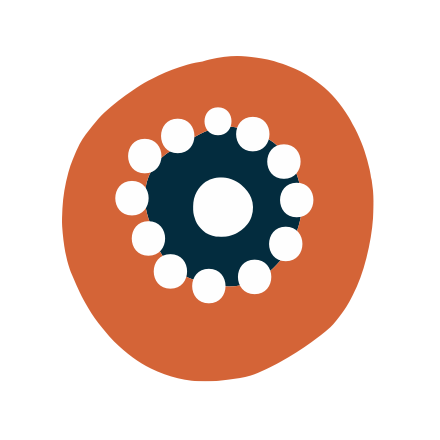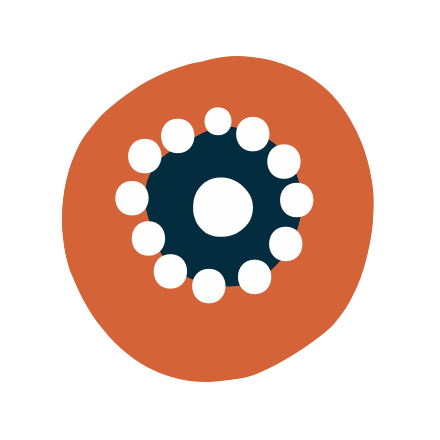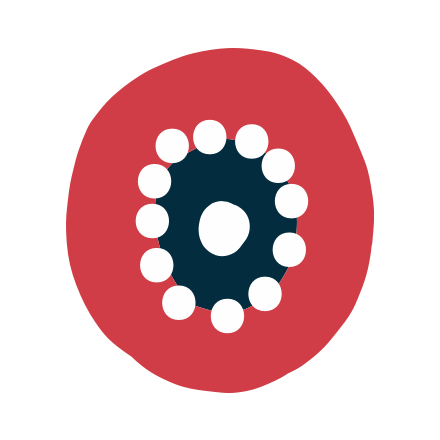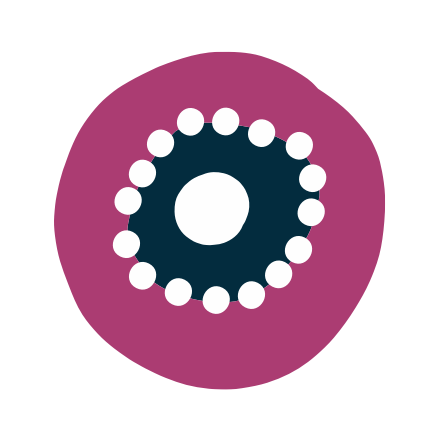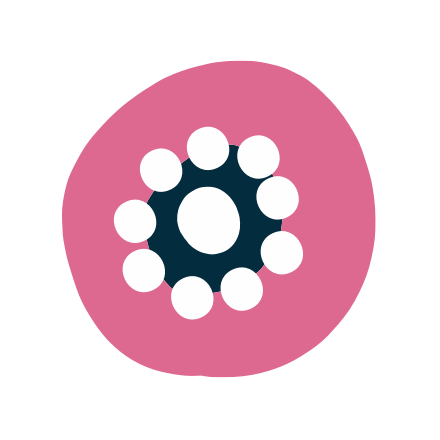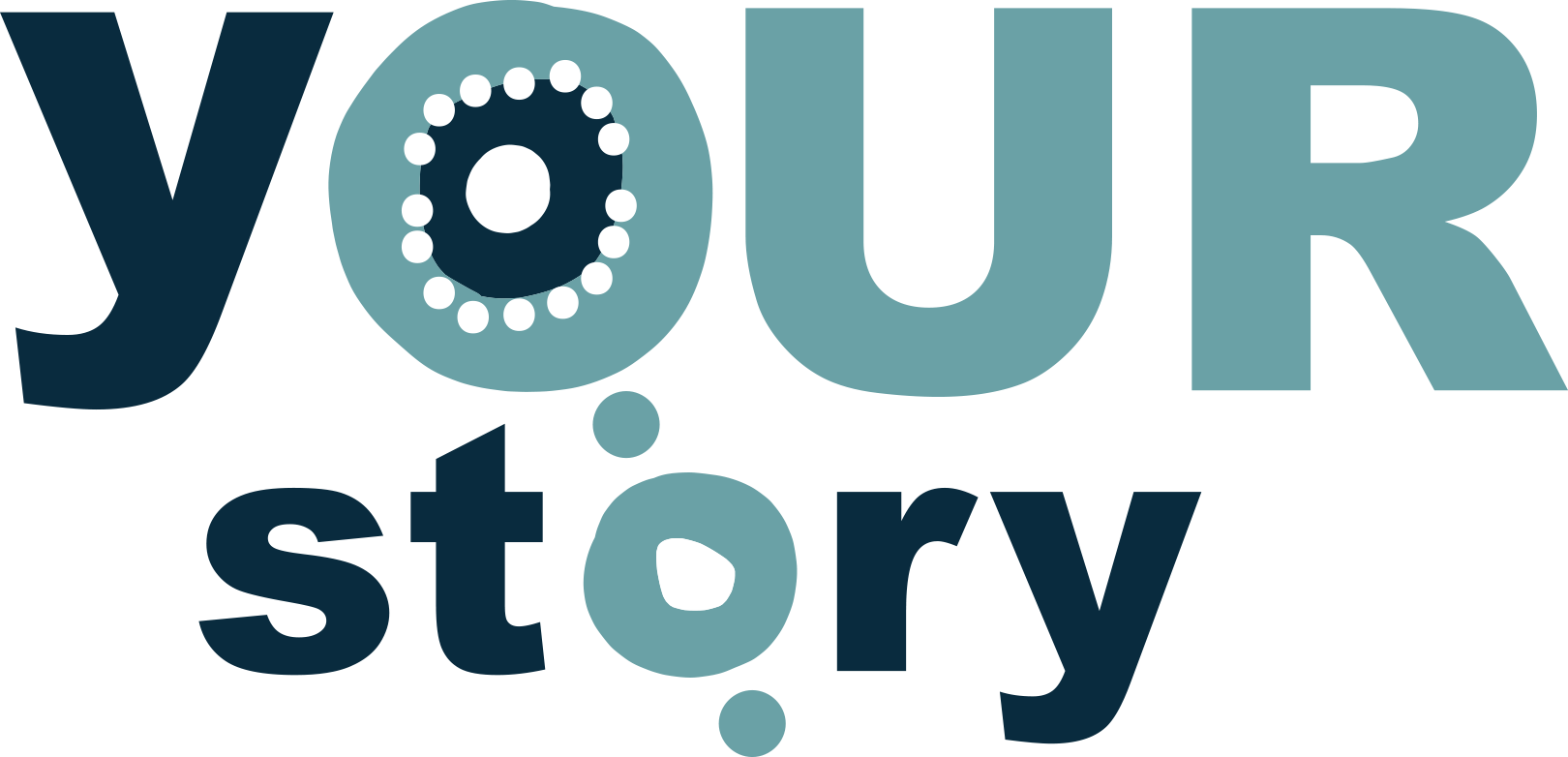To create good school-community partnerships, we need to know the story of the community, who is in it, how the school fits in and how everyone connects. As individuals, we need to know about ourselves and our connections with Aboriginal and Torres Strait Islander people and community.
A river might look like one defined waterway, but it is formed by many smaller creeks feeding into it. Communities are like this, many individuals joined as one entity. We are connected in diverse ways: through family and kinship, relationships with place, shared history, attendance at a particular school. It’s the connections between the individuals that make the community.
Understanding yourself and your community is an important step to be able to engage successfully with Aboriginal and Torres Strait Islander students and families. Relationships and understanding that are built with students and the community provide a positive platform for school-based learning. Knowing the community can provide educators with valuable opportunities to engage in pedagogical practices that build on students’ cultural capital.
This page is built around a Reflect-Inquire-Reflect cycle.
- Start by using Statements of Intent to take a ‘snapshot’ of what you know and do.
- Reflect on your current practice and knowledge.
- Follow the Inquiry questions to explore potential changes to your practice.
- Then Reflect again on what you have learned and can do.
- Capture your reflections, learning and make your next plans.
Reflect
Where am I in our story?
Everyone’s story is unique.
For each Statement, move the slider to indicate your current level of confidence in achieving the intention. A question will appear under each Statement that helps you gauge your current understanding.
Statements of Intent
Everyone’s story is their own.
Look at where you have positioned your sliders above – further to the left or right. Identify the areas that you currently know and do, and don’t know and do, in your teaching practice.
What do I know now?
What do I not know?
What do I do?
Everyone’s story can change.
Reflect on your responses using these prompts:
What credible sources is my knowledge based on?
- Sometimes we ‘just know things’ but our knowledge has come from somewhere. Reflect on the current sources of your knowledge.
What is causing gaps in my knowledge?
- Always probe further than your initial answer. For example, “I didn’t learn this at school” becomes “Why didn’t I learn this at school?”
Why am I doing some things and not others?
- We often just do things a certain way without asking why it’s that way and not another way. If you answer: “It’s how everyone else does it” take it further: “Why is everyone doing it that way”?
Inquire
What is my part in our story?
Everyone’s journey is their own.
Now you know more about what you know and do and don’t know and do, and why. Use the Inquiry questions and resources and strategies below to continue your learning journey.
Inquiry Questions
- Building relationships with Indigenous students has ideas for teachers to use to establish good relationships with Aboriginal and Torres Strait Islander students.
- How does the local historical context and the power structure of the classroom affect relationships between teachers and Aboriginal and Torres Strait Islander students at your school?
- What are some techniques you could try in your teacher-student relationships?
- The first thing is to establish trusting relationships between teachers, students and families.
- Personalised Learning Plans are a tool that brings together the Aboriginal and Torres Strait Islander student, their family and their teacher in collaborative conversations to map education aspirations and a pathway to get there. Using Personalised Learning Plans contains a lot of detail about PLPs and advocates a whole school approach.
- How could PLPs be used, or enhanced, in your school?
- Are there any tips you could take from this resource to apply to your school?
- Starting school: A strengths-based approach towards Aboriginal and Torres Strait Islander children discusses a ‘strengths-based’ model that understands that Aboriginal and Torres Strait Islander students come to school with knowledge and capabilities, but that schools often don’t recognise and build on these. In fact, schools and teachers often assess Aboriginal and Torres Strait Islander students as ‘lacking’ the right skills and knowledge.
- When it comes to Aboriginal and Torres Strait Islander students, the question is often asked: Is a child school-ready? Instead, ask: Is your school child-ready?
- The literature review, that starts on page 9, covers many strengths that Aboriginal and Torres Strait Islander students come to school with. How could your school incorporate these into teaching and curriculum practices?
- There is a list on pages 31-32 of ways to apply a strengths-based approach to early childhood. Would any of these techniques work in your context?
- Gambay – First Languages Australia is an evolving language map where Aboriginal and Torres Strait Islander people can identify the languages spoken in different places. The Teachers Notes section has fantastic resources for thinking about incorporating Aboriginal and Torres Strait Islander languages into schools, and for starting a local language program in your school.
- What could you do at your school? What would you need to take into consideration or find out more about?
- Learn more about commonly acknowledged days of significance or celebration for Aboriginal and Torres Strait Islander communities.
- What are important events in the local school community? What events are held near your school?
- How could you start a conversation with organisers to arrange school involvement?
- What could you do to link these commemorative days between the school and the community?
- The Embedding Aboriginal and Torres Strait Islander Perspectives in Schools (EATSIPS) resource provides a framework, tools and information to help schools include Aboriginal and Torres Strait Islander perspectives in all aspects of schooling.
- Look at this list of strategies to embed Aboriginal and Torres Strait Islander perspectives in curriculum and pedagogy. Which of these could you try to implement in your classroom or in your school?
- The EATSIPS approach is that you can embed Aboriginal and Torres Strait Islander perspectives through what you teach, as well as how you teach. What does this idea mean for teaching practice?
Everyone’s journey is unique to place and people.
Identify who you could work with and the changes you could make in your practice.
How can I find out what I need to know?
- Seek Aboriginal and Torres Strait Islander sources and resources.
What changes can I make?
- Aim for the achievable.
Reflect
How do I continue our story?
Now that you have learned more and identified ways to change your practice, you have the opportunity to begin the reflection cycle again. Learning never stops!
- What do I know now? Can I expand my sources of knowledge?
- What else can I learn? What’s influencing the things I am learning?
- What can I do? Why am I choosing to do those things?
Next steps
Your learning journey is now well underway! Use the Reflect-Inquire-Reflect model to keep learning, to change practice, to work together with Aboriginal and Torres Strait Islander Peoples and improve educational outcomes for our students.
Continue to learn and choose another principle to explore from the menu at the bottom of the page. Enjoy your journey!
Armstrong, S., Buckley, S., Lonsdale, M., Milgate, G., Kneebone, L.B., Cook, L. & Skelton, F. (2012). Starting school: a strengths‐based approach towards Aboriginal and Torres Strait Islander children. Retrieved from https://research.acer.edu.au/indigenous_education/27
First Languages Australia. (n.d.). Gambay – Languages map [website]. Accessed at http://www.gambay.com.au
Partington, G. (2006). Building relationships with Indigenous students. Retrieved from http://det.wa.edu.au/aboriginaleducation/apac/detcms/aboriginal-education/apac/teaching-aboriginal-students-docs/building-relationships-with-indigenous-students.en?oid=com.arsdigita.cms.contenttypes.FileStorageItem-id-9603013 – BROKEN URL
Queensland Department of Education. (2018). Embedding Aboriginal and Torres Strait Islander Perspectives in Schools (EATSIPS) [webpages]. Accessed at http://indigenous.education.qld.gov.au/eatsips/Pages/default.aspx
Queensland Department of Education. (n.d). Strategies for embedding Indigenous perspectives in curriculum and pedagogy. Accessed at http://indigenous.education.qld.gov.au/SiteCollectionDocuments/eatsips-docs/eatsips-appendix-2.pdf
Queensland Department of Education. (2018). Significant dates [webpage]. Accessed at https://indigenousportal.eq.edu.au/resources/dates/Pages/dates.aspx
What Works. (2011). Using Personalised Learning Plans. Retrieved from http://www.whatworks.edu.au/upload/1311206854407_file_CoreIssues10.pdf
